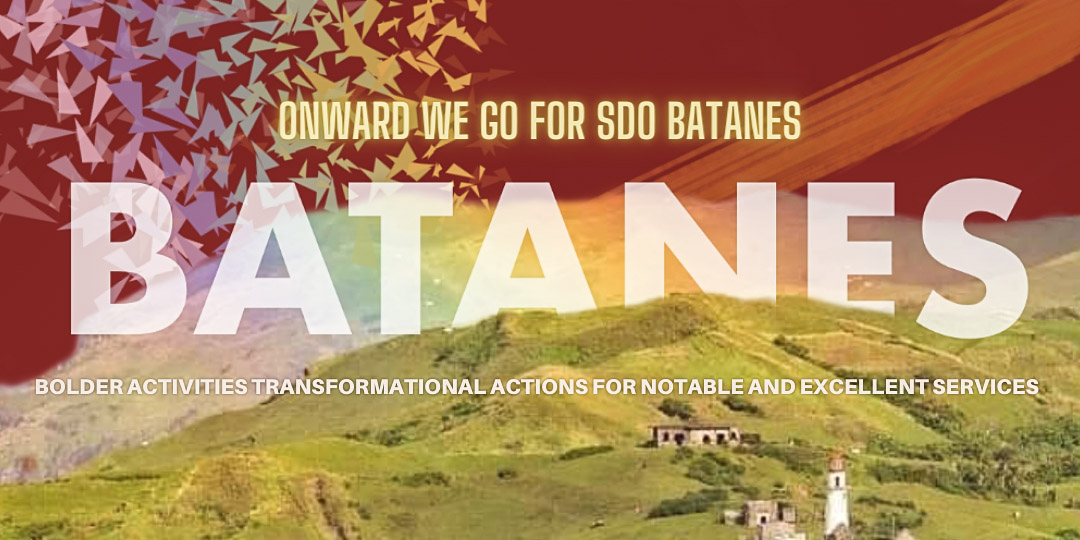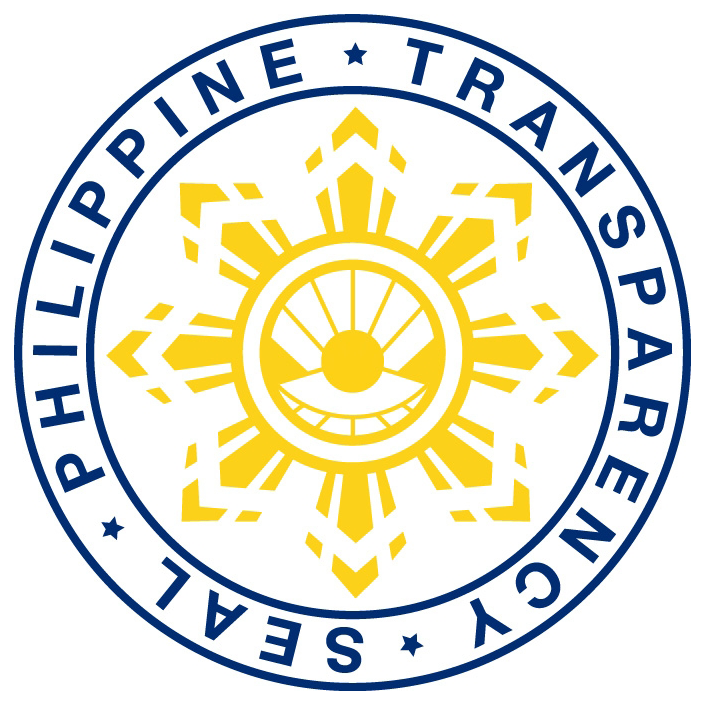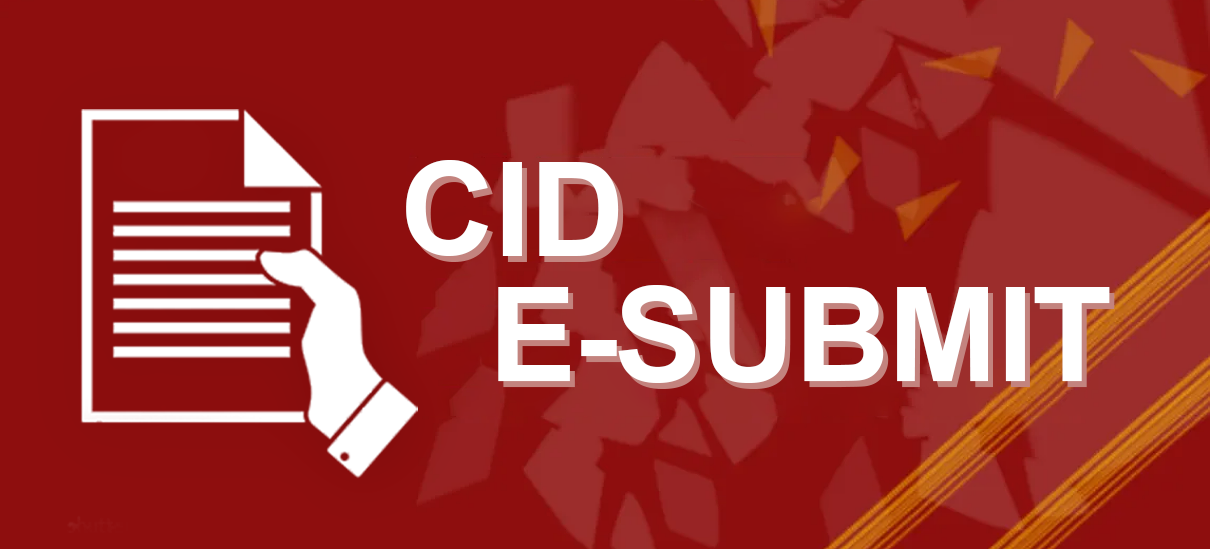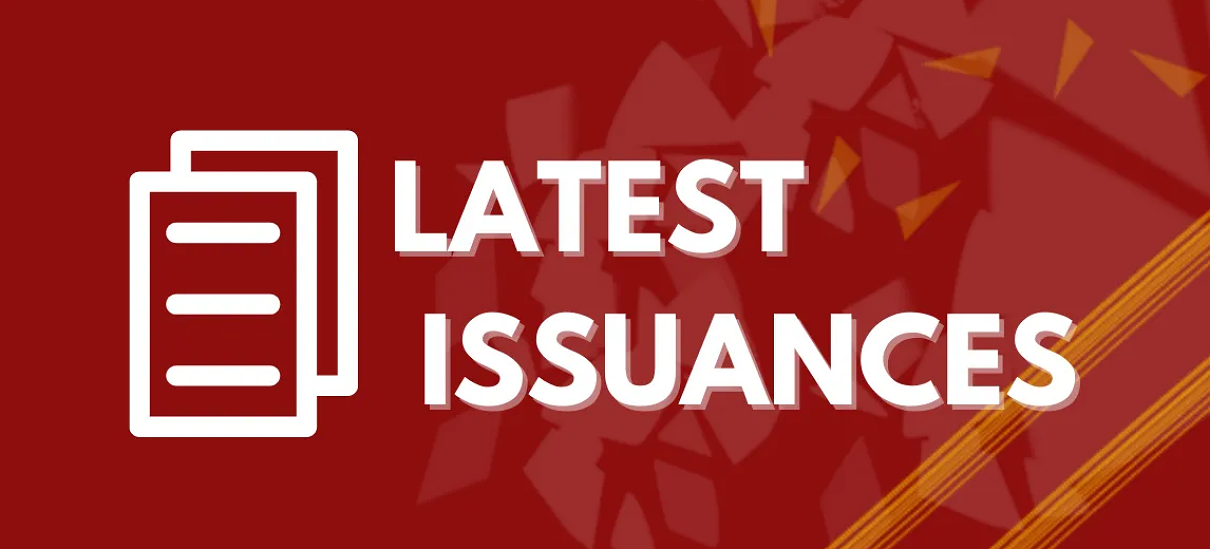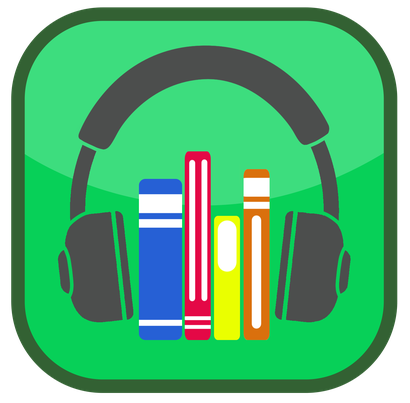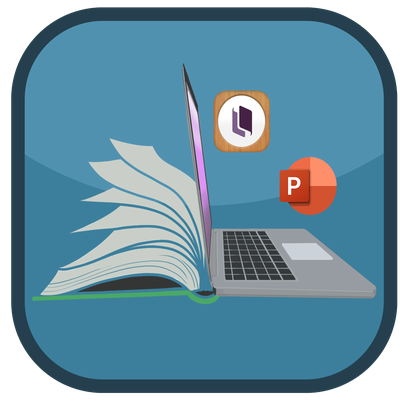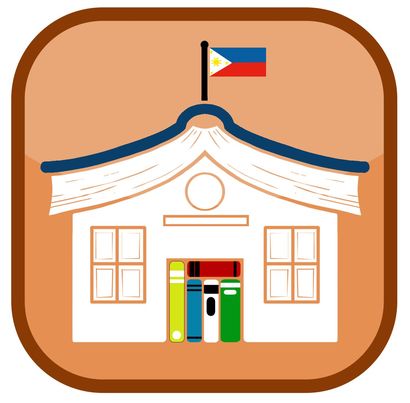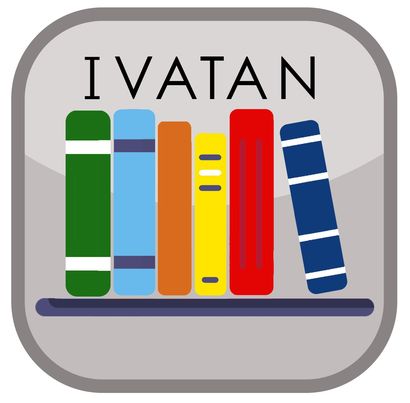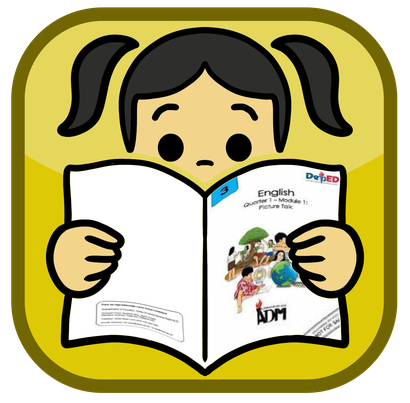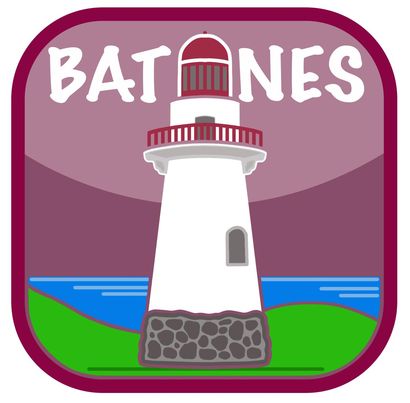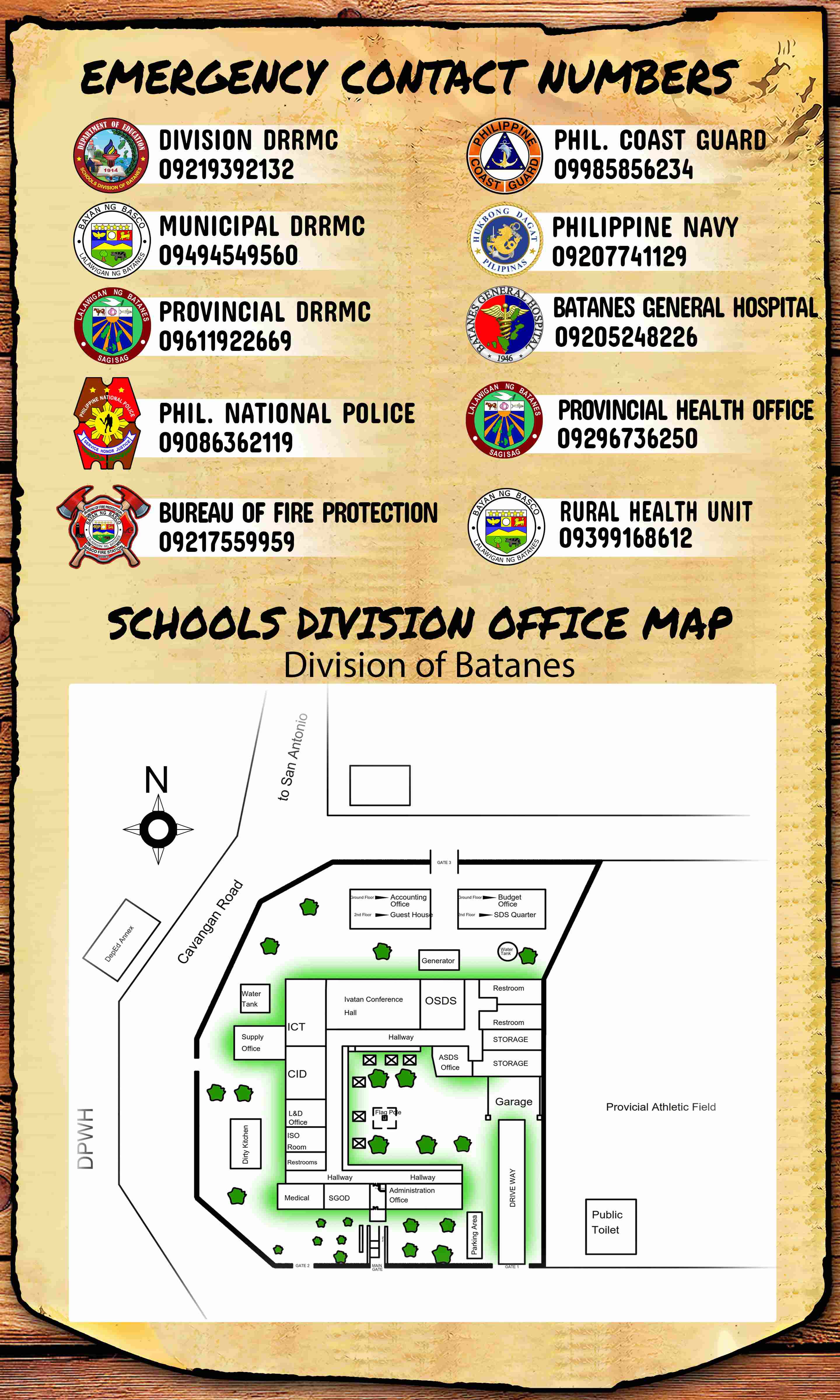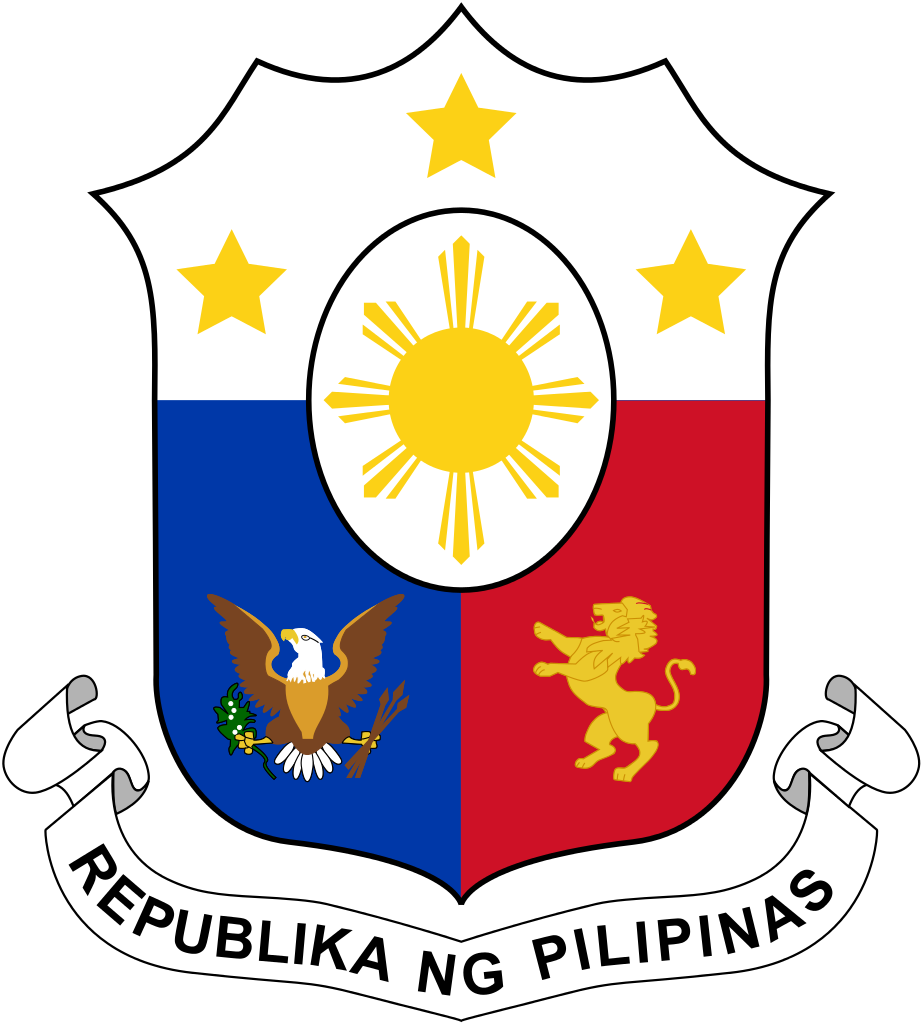Basic Education Facilities (BEF) is the annual budget of the
Department of Education for its School Building Program, which
covers the improvement and maintenance of school facilities. It shall
be utilized for the provision of classrooms, workshop buildings,
replacement of old dilapidated buildings, provision of furniture, repair
and rehabilitation of classrooms, including heritage buildings, as well
as water and sanitation facilities and electrification.
Construction of School Buildings
1. Beneficiaries – Public Elementary and Secondary Schools with classroom needs.
2. Prioritization of Recipient Schools/Beneficiaries. Priorities for the construction of classrooms are as follows:
a. Requirements of Kinder, Elementary, Junior High Schools, and Senior High
Schools;
b. Schools with at least 50% enrolled Indigenous People Students;
c. Schools in 6th class Municipalities;
d. Multi-grade schools; and
e. Special Education Centers/Schools.
Provision of School Furniture
1. Beneficiaries – Public Elementary, and Secondary Schools with new classroom
construction and remaining needs nationwide.
2. Identification of Recipient Schools/Beneficiaries
a. Priority shall be given to schools that are recipients of new academic classrooms
under the school building program implemented by DPWH, DepEd, and other
funding sources such as those constructed by the Local Government Units (LGUs);
and
b. The second priority should be accorded to schools in need of classroom seats. The
result of the latest Furniture Analysis in the EBEIS, NSBI, and/or OUA/EFD Surveys
shall be used as a basis in determining classroom furniture needs.
Classroom Repair and Rehabilitation
1. Beneficiaries – Public Elementary and Secondary Schools needing repair nationwide.
2. Prioritization of Recipient Schools/Beneficiaries. The annual lump sum allocation
for the repair/rehabilitation of classrooms shall be equitably distributed to all legislative
districts based on the following priorities:
a. Data on classrooms needing major repair based on the EBEIS, NSBI, and/or
OUA/EFD Surveys;
b. Bottom-Up Budget (BUB) School building repair projects;
c. Repair of school buildings damaged by typhoons and other calamities;
d. Rehabilitation/Restoration of Gabaldon and other Heritage School Buildings;
and
e. Other priority schools that reported needing immediate repair/rehabilitation.
Electrification of Schools
1. Beneficiaries – Public Elementary and Secondary Schools without or requiring
upgrading of electrical connection nationwide.
2. Prioritization of Recipient Schools/Beneficiaries
a. Schools identified by the National Electrification Administration (NEA) to be ongrid but remain to be without electricity.
b. Upgrading of electrical connection of schools to suit current requirements
considering the additional facilities and equipment:
i. Technical-Vocational Schools
ii. Senior High Schools offering specialization with specific needs for highgrade electrical connections (e.g., welding, automotive, etc.)
iii. Other K-10 schools.
Quick Response Fund
1. Beneficiaries – this shall include schools affected by calamities such as typhoons,
classrooms with structural issues, and those that are needing major repair.
2. Prioritization of Recipient Schools/Beneficiaries
a. 1st Priority – repair of classrooms damaged by typhoons or calamities
including but not limited to typhoons, earthquake, fire, and volcanic eruption;
prioritize damages, that have occurred 2-3 years ago which have not been
repaired or no repairs have been started.
b. 2nd Priority – repair of classrooms with structural issues; and
c. 3rd Priority – repair of classrooms needing major repair based on the latest
National School Building Inventory (NSBI) data and Office of the
Undersecretary for Administration/Education Facilities Data.


